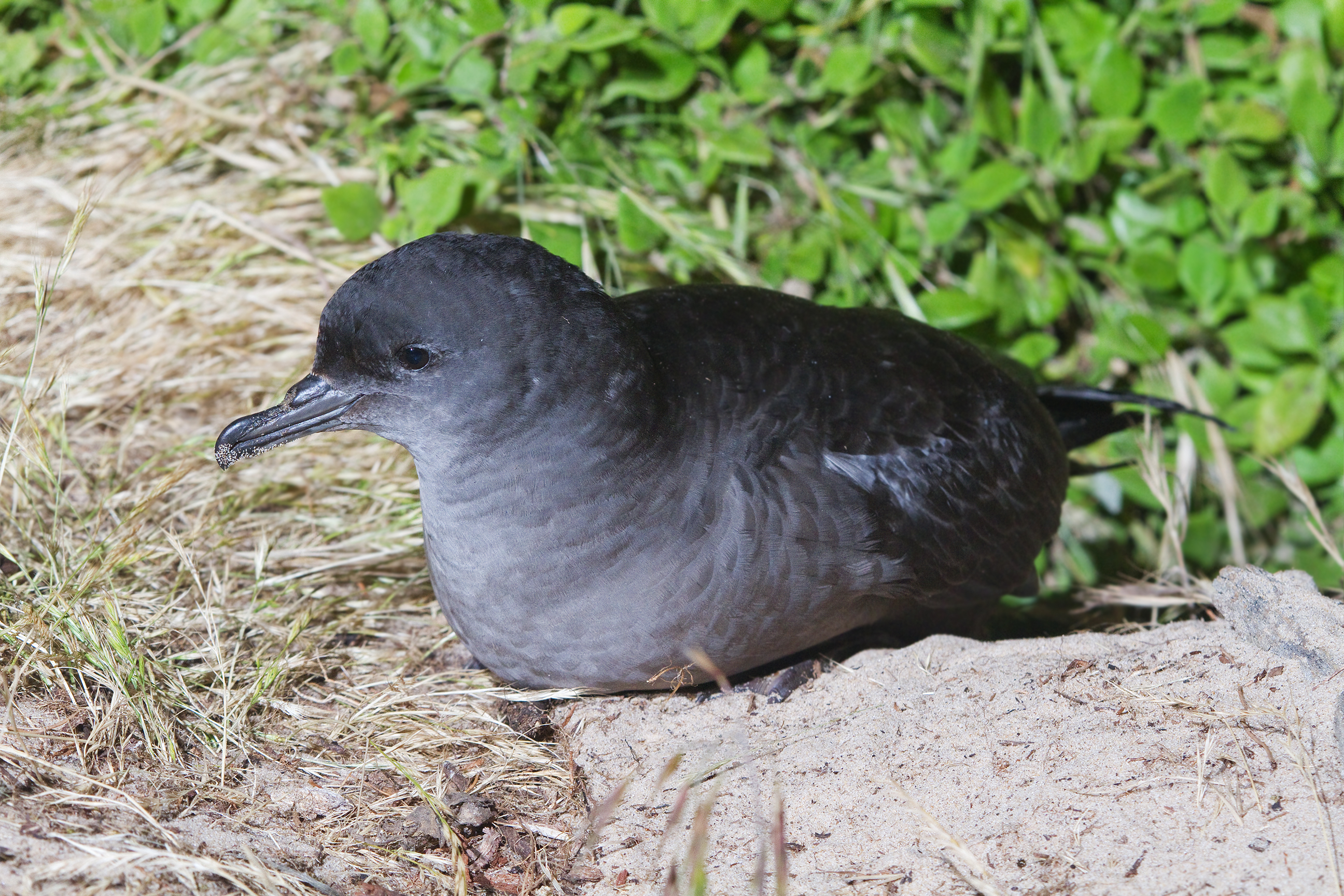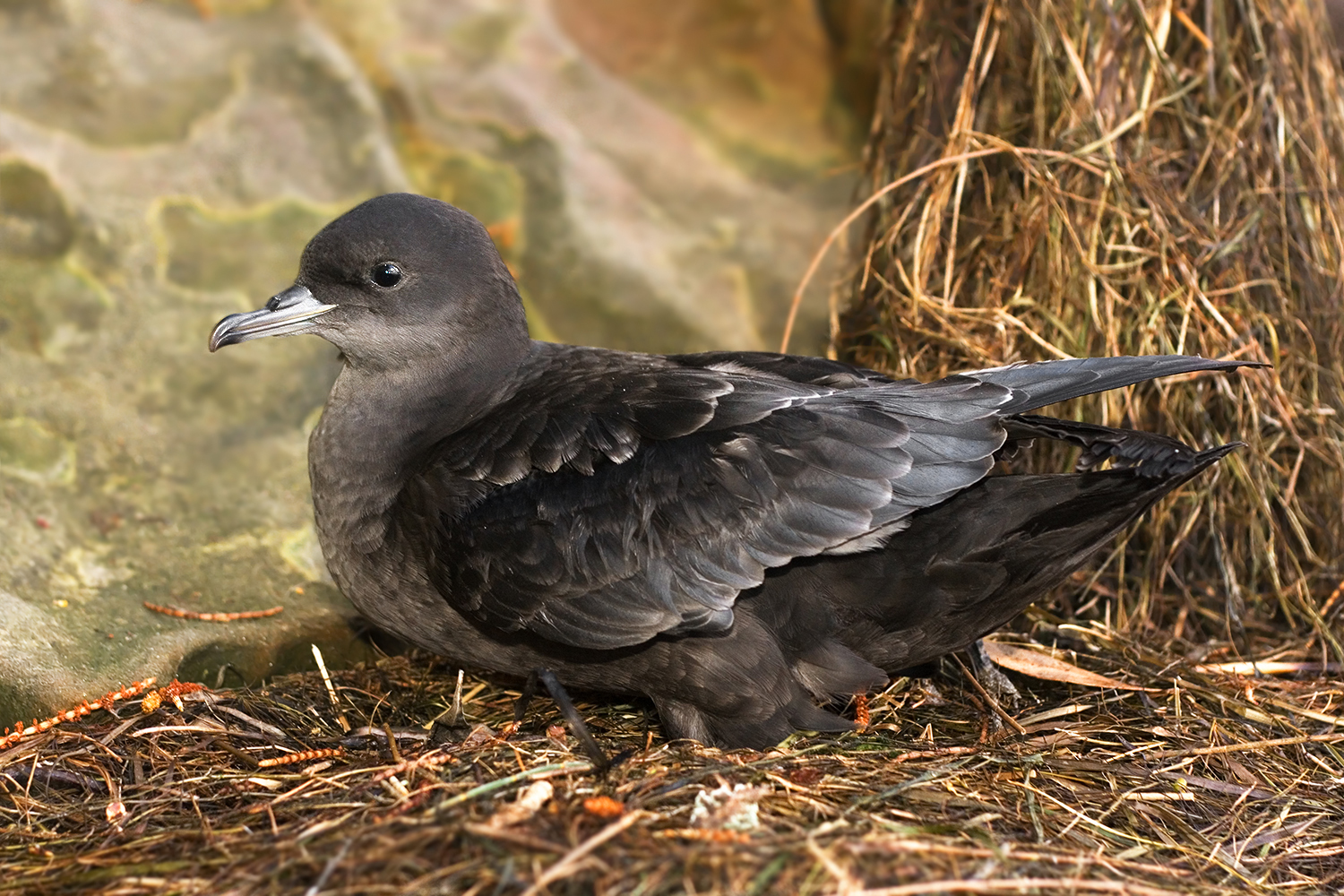Short-tailed Shearwater on:
[Wikipedia]
[Google]
[Amazon]

 The short-tailed shearwater or slender-billed shearwater (''Ardenna tenuirostris''; formerly ''Puffinus tenuirostris''), also called yolla or moonbird, and commonly known as the muttonbird in
The short-tailed shearwater or slender-billed shearwater (''Ardenna tenuirostris''; formerly ''Puffinus tenuirostris''), also called yolla or moonbird, and commonly known as the muttonbird in
Short-tailed Shearwater Photos
*Parks & Wildlife Service Tasmania
Birds of Tasmania: Short-Tailed Shearwater, ''Puffinus tenuirostris''
*
Griffiths Island Shearwater Colony
{{Authority control

 The short-tailed shearwater or slender-billed shearwater (''Ardenna tenuirostris''; formerly ''Puffinus tenuirostris''), also called yolla or moonbird, and commonly known as the muttonbird in
The short-tailed shearwater or slender-billed shearwater (''Ardenna tenuirostris''; formerly ''Puffinus tenuirostris''), also called yolla or moonbird, and commonly known as the muttonbird in Australia
Australia, officially the Commonwealth of Australia, is a country comprising mainland Australia, the mainland of the Australia (continent), Australian continent, the island of Tasmania and list of islands of Australia, numerous smaller isl ...
, is the most abundant seabird
Seabirds (also known as marine birds) are birds that are adaptation, adapted to life within the marine ecosystem, marine environment. While seabirds vary greatly in lifestyle, behaviour and physiology, they often exhibit striking convergent ...
species in Australian waters, and is one of the few Australian native birds in which the chicks are commercially harvested. It is a migratory species that breeds mainly on small islands in Bass Strait
Bass Strait () is a strait separating the island state of Tasmania from the Mainland Australia, Australian mainland (more specifically the coast of Victoria (Australia), Victoria, with the exception of the land border across Boundary Islet). The ...
and Tasmania
Tasmania (; palawa kani: ''Lutruwita'') is an island States and territories of Australia, state of Australia. It is located to the south of the Mainland Australia, Australian mainland, and is separated from it by the Bass Strait. The sta ...
and migrates to the Northern Hemisphere
The Northern Hemisphere is the half of Earth that is north of the equator. For other planets in the Solar System, north is defined by humans as being in the same celestial sphere, celestial hemisphere relative to the invariable plane of the Solar ...
for the boreal summer.
Taxonomy
Thisshearwater
Shearwaters are medium-sized long-winged seabirds in the petrel family Procellariidae. They have a global marine distribution, but are most common in temperate and cold waters, and are pelagic outside the breeding season.
Description
These tube ...
appears to be related to the sooty
Sooty is a British children's television media franchise created by Harry Corbett incorporating primarily television and stage shows. The franchise originated with his fictional glove puppet character introduced to television in '' The Sooty ...
and great shearwaters, which are also blunt-tailed, black-billed species, but its precise relationships are obscure (Austin, 1996; Austin ''et al.'', 2004). These are among the larger species of shearwater, which have been moved to a separate genus, ''Ardenna'' based on a phylogenetic analysis of mitochondrial DNA
Mitochondrial DNA (mtDNA and mDNA) is the DNA located in the mitochondrion, mitochondria organelles in a eukaryotic cell that converts chemical energy from food into adenosine triphosphate (ATP). Mitochondrial DNA is a small portion of the D ...
(Penhallurick & Wink, 2004).
Ecology
Each parent feeds the single chick for 2–3 days and then leaves for up to three weeks in search of food. These foraging trips can cover a distance of 1,500 km (930 mi) and mean the chick may be left unattended for over a week. When the chicks fledge they weigh around 900 g (2 lb), and may be heavier than their parents. In Tasmania, and especially on the muttonbird islands of theFurneaux Group
The Furneaux Group is a group of approximately 100 islands located at the eastern end of Bass Strait, between Victoria and Tasmania, Australia. The islands were named after British navigator Tobias Furneaux, who sighted the eastern side of ...
, the chicks are harvested at this time for food and oil. The largest population in the world (2.8 million pairs - about 12% of the species) seems to be located on Babel Island. Adult birds foraging for food on the open ocean mistake plastic debris for food and then feed it to their chicks. This ingested plastic, as well as other factors, likely contribute to contamination of chicks.
Thousands of Short-tailed shearwater fledglings are attracted to artificial lights during their maiden flights from nests to the open ocean. Fledglings are vulnerable to injury or death by collisions with human infrastructure and once grounded, to predation or becoming road casualties.
Migration
Each austral winter, the shearwaters migrate to the seas off theAleutian Islands
The Aleutian Islands ( ; ; , "land of the Aleuts"; possibly from the Chukchi language, Chukchi ''aliat'', or "island")—also called the Aleut Islands, Aleutic Islands, or, before Alaska Purchase, 1867, the Catherine Archipelago—are a chain ...
and Kamchatka
The Kamchatka Peninsula (, ) is a peninsula in the Russian Far East, with an area of about . The Pacific Ocean and the Sea of Okhotsk make up the peninsula's eastern and western coastlines, respectively.
Immediately offshore along the Pacific ...
. In the austral spring, they travel down the coast of California
California () is a U.S. state, state in the Western United States that lies on the West Coast of the United States, Pacific Coast. It borders Oregon to the north, Nevada and Arizona to the east, and shares Mexico–United States border, an ...
before crossing the Pacific
The Pacific Ocean is the largest and deepest of Earth's five oceanic divisions. It extends from the Arctic Ocean in the north to the Southern Ocean, or, depending on the definition, to Antarctica in the south, and is bounded by the cont ...
back to Australia.
In 2020, a long distance vagrant
Vagrancy is the condition of wandering homelessness without regular employment or income. Vagrants usually live in poverty and support themselves by travelling while engaging in begging, scavenging, or petty theft. In Western countries, ...
was found in Ireland
Ireland (, ; ; Ulster Scots dialect, Ulster-Scots: ) is an island in the North Atlantic Ocean, in Northwestern Europe. Geopolitically, the island is divided between the Republic of Ireland (officially Names of the Irish state, named Irelan ...
. This marked the first confirmed sighting of the species in the Western Palearctic. It was taken to a rehabilitation center and subsequently died; it is now deposited at the Natural History Museum of Ireland.
Harvest
The practice of harvesting the various species of bird known as muttonbirds is known asmuttonbirding
Muttonbirding is the seasonal harvesting of the chicks of petrels, especially shearwater species, for food, oil and feathers by recreational or commercial hunters. Such hunting of petrels and other seabirds has occurred in various locations sin ...
.
The name ''muttonbird'' was first used by the early settlers on Norfolk Island
Norfolk Island ( , ; ) is an States and territories of Australia, external territory of Australia located in the Pacific Ocean between New Zealand and New Caledonia, directly east of Australia's Evans Head, New South Wales, Evans Head and a ...
, who each year harvested adult Providence petrels ('' Pterodroma solandri'') for food. The petrels were similar to, but larger than the short-tailed shearwater. An officer in the Royal Marines called them "the flying sheep".
Aboriginal Tasmanians
The Aboriginal Tasmanians (palawa kani: ''Palawa'' or ''Pakana'') are the Aboriginal people of the Australian island of Tasmania, located south of the mainland. At the time of European contact, Aboriginal Tasmanians were divided into a numb ...
have harvested muttonbirds and their eggs for many generations, and a number of families continue this cultural practice. The muttonbird is one of the few Australian native birds that is commercially harvested. During the muttonbird season, chicks are taken for their feathers, flesh, and oil. The industry was established by early European sealers and their Aboriginal families. The recreational harvesting of short-tailed shearwaters is limited to the open season that is declared each year. A muttonbird licence must be obtained.
References
*Austin, Jeremy J. (1996): Molecular Phylogenetics of ''Puffinus'' Shearwaters: Preliminary Evidence from Mitochondrial Cytochrome ''b'' Gene Sequences. ''Molecular Phylogenetics and Evolution'' 6(1): 77–88. (HTML abstract) * *Further reading
*Gillson, Greg (2008) Field separation of Sooty and Short-tailed Shearwaters off the west coast of North America '' Birding'' 40(2):34-40External links
Short-tailed Shearwater Photos
*Parks & Wildlife Service Tasmania
Birds of Tasmania: Short-Tailed Shearwater, ''Puffinus tenuirostris''
*
Port Fairy
Port Fairy (historically known as Belfast) is a town in south-western Victoria, Australia. It lies on the Princes Highway in the Shire of Moyne, west of Warrnambool and west of Melbourne, at the point where the Moyne River enters the Souther ...
websiteGriffiths Island Shearwater Colony
{{Authority control
short-tailed shearwater
The short-tailed shearwater or slender-billed shearwater (''Ardenna tenuirostris''; formerly ''Puffinus tenuirostris''), also called yolla or moonbird, and commonly known as the muttonbird in Australia, is the most abundant seabird species in A ...
Birds of Western Australia
Birds of South Australia
Birds of Victoria (state)
Birds of Tasmania
Birds of New Zealand
Subterranean nesting birds
short-tailed shearwater
The short-tailed shearwater or slender-billed shearwater (''Ardenna tenuirostris''; formerly ''Puffinus tenuirostris''), also called yolla or moonbird, and commonly known as the muttonbird in Australia, is the most abundant seabird species in A ...
short-tailed shearwater
The short-tailed shearwater or slender-billed shearwater (''Ardenna tenuirostris''; formerly ''Puffinus tenuirostris''), also called yolla or moonbird, and commonly known as the muttonbird in Australia, is the most abundant seabird species in A ...